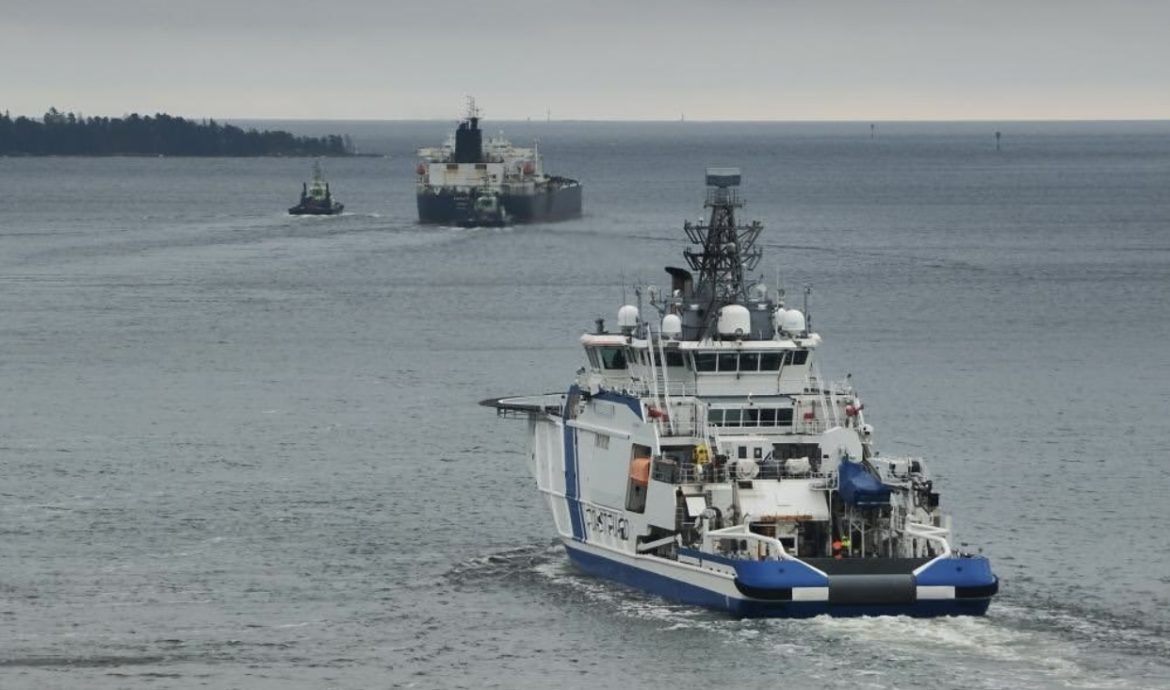KEY POINTS
- Finland will release the oil tanker Eagle S, but the investigation continues.
- Investigators suspect the ship’s anchor caused power cable damage.
- Finnish and Estonian authorities opted against seizing the vessel.
Finnish authorities will release the oil tanker Eagle S, which had been held in custody since December 2024 on suspicion of damaging a major power cable and four internet lines in the Baltic Sea.
The vessel, registered under the Cook Islands, was boarded by the Finnish coast guard on December 26 as part of an ongoing investigation into what officials suspect was an act of sabotage.
Although the tanker has now been allowed to leave Finnish waters, the investigation remains active. Three crew members, believed to be directly involved in the incident, have been barred from leaving Finland while further inquiries are conducted.
According to Reuters, Finnish police stated that additional crew interviews and analysis of collected materials are expected to conclude by the end of April.
Investigators suspect anchor caused damage
Authorities believe the disruption to the Finland-Estonia electrical link, Estlink 2, occurred when the Eagle S dragged its anchor along the seabed, severing the cable. A lost anchor, thought to belong to the vessel, was later recovered from the ocean floor.
This incident is the latest in a series of infrastructure disruptions in the Baltic Sea region since Russia’s invasion of Ukraine in 2022. NATO has sent frigates, surveillance aircraft and underwater drones for monitoring critical infrastructure in the region.
The damage to subsea cables and pipelines necessitates concerns about safety issues and system weakness in the region.
Despite the suspicion of sabotage, a lawyer representing the ship’s owner claims that the alleged damage occurred outside Finland’s territorial waters, arguing that Finnish authorities lack jurisdiction over the case.
However, officials insist they have the right to investigate due to the impact on national infrastructure.
Legal and financial implications of the case
Finnish power grid operator Fingrid, along with its Estonian counterpart Elering, initially considered seizing the Eagle S as part of their legal claim.
However, the two companies later decided to waive their right to confiscate the vessel, citing the high costs of maintaining it.
With the ship now released and escorted out of Finnish waters, the focus remains on holding those responsible accountable.
Authorities continue to assess potential legal action while ensuring the protection of vital undersea infrastructure in the region.



